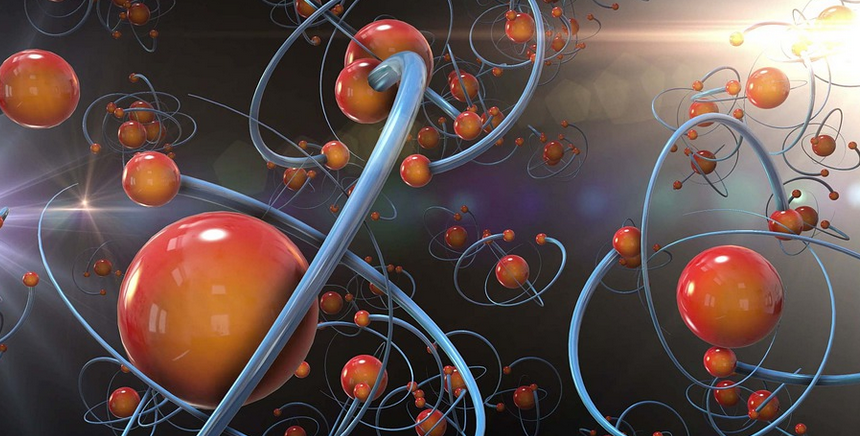What is a Conversion Factor Table?
If you’re studying chemistry, you’ve probably heard of the term ‘conversion factor table’. It’s a table that helps you convert between different units of measurement. For example, if you know the mass of a substance in grams, but you need to know its mass in kilograms, you can use a conversion factor table to help you make the conversion.
Why is it Important?
Conversion factor tables are important in chemistry because they help you make accurate measurements and calculations. If you’re working in a lab, you need to be able to convert between different units of measurement quickly and accurately. This is especially important when dealing with substances that are dangerous or expensive.
How to Use a Conversion Factor Table
Using a conversion factor table is simple. First, you need to identify the unit of measurement that you have and the unit of measurement that you want to convert to. Then, find the conversion factor in the table that corresponds to those two units. Finally, multiply the value that you have by the conversion factor to get the value that you want.
Examples of Conversion Factors
Here are some examples of conversion factors that you might find in a conversion factor table: – 1 meter = 100 centimeters – 1 kilogram = 1000 grams – 1 liter = 1000 milliliters – 1 mole = 6.022 x 10^23 particles
Common Units of Measurement in Chemistry
Here are some of the most common units of measurement that you might encounter in chemistry: – Mass: grams (g), kilograms (kg) – Volume: liters (L), milliliters (mL) – Length: meters (m), centimeters (cm) – Temperature: Celsius (°C), Kelvin (K)
Using Dimensional Analysis
Dimensional analysis is a method of using conversion factors to convert between different units of measurement. It’s based on the principle that any physical quantity can be expressed as a combination of units of measurement. By using dimensional analysis, you can ensure that your calculations are accurate and consistent.
Conclusion
In conclusion, conversion factor tables are an essential tool for anyone studying chemistry. They help you make accurate measurements and calculations, and they’re easy to use once you understand the basics. If you’re struggling with conversions, take the time to learn how to use a conversion factor table – it will save you time and improve your accuracy in the long run.

